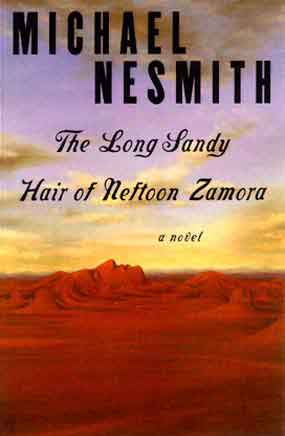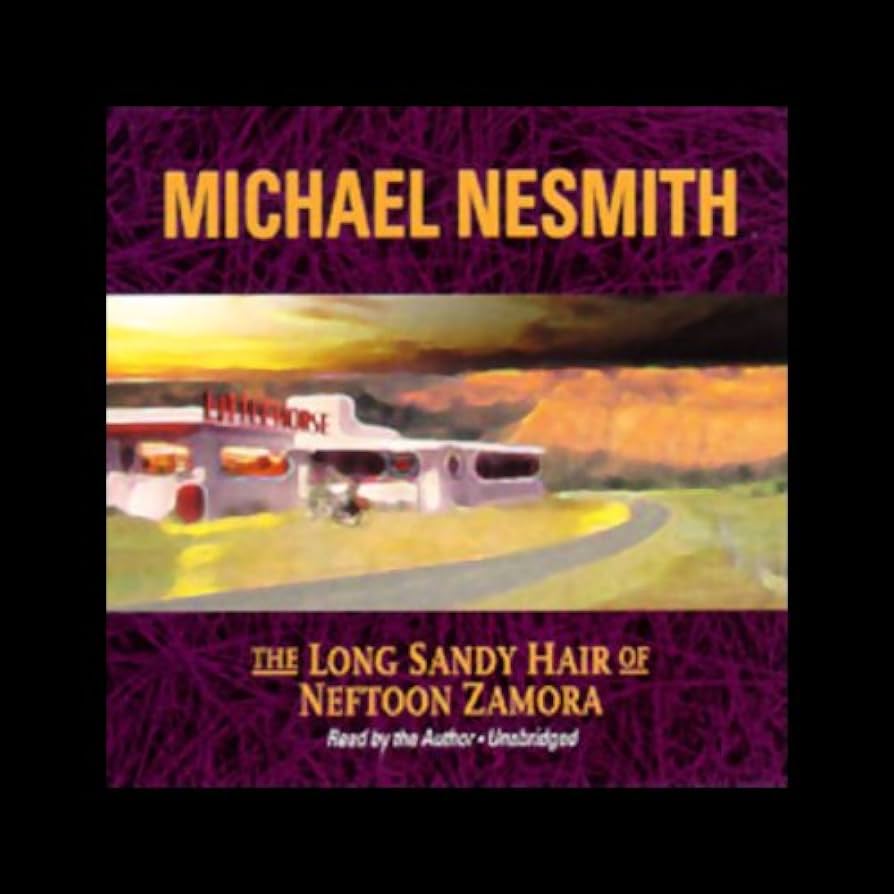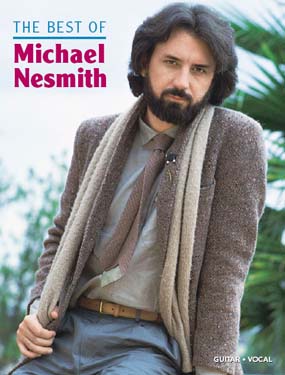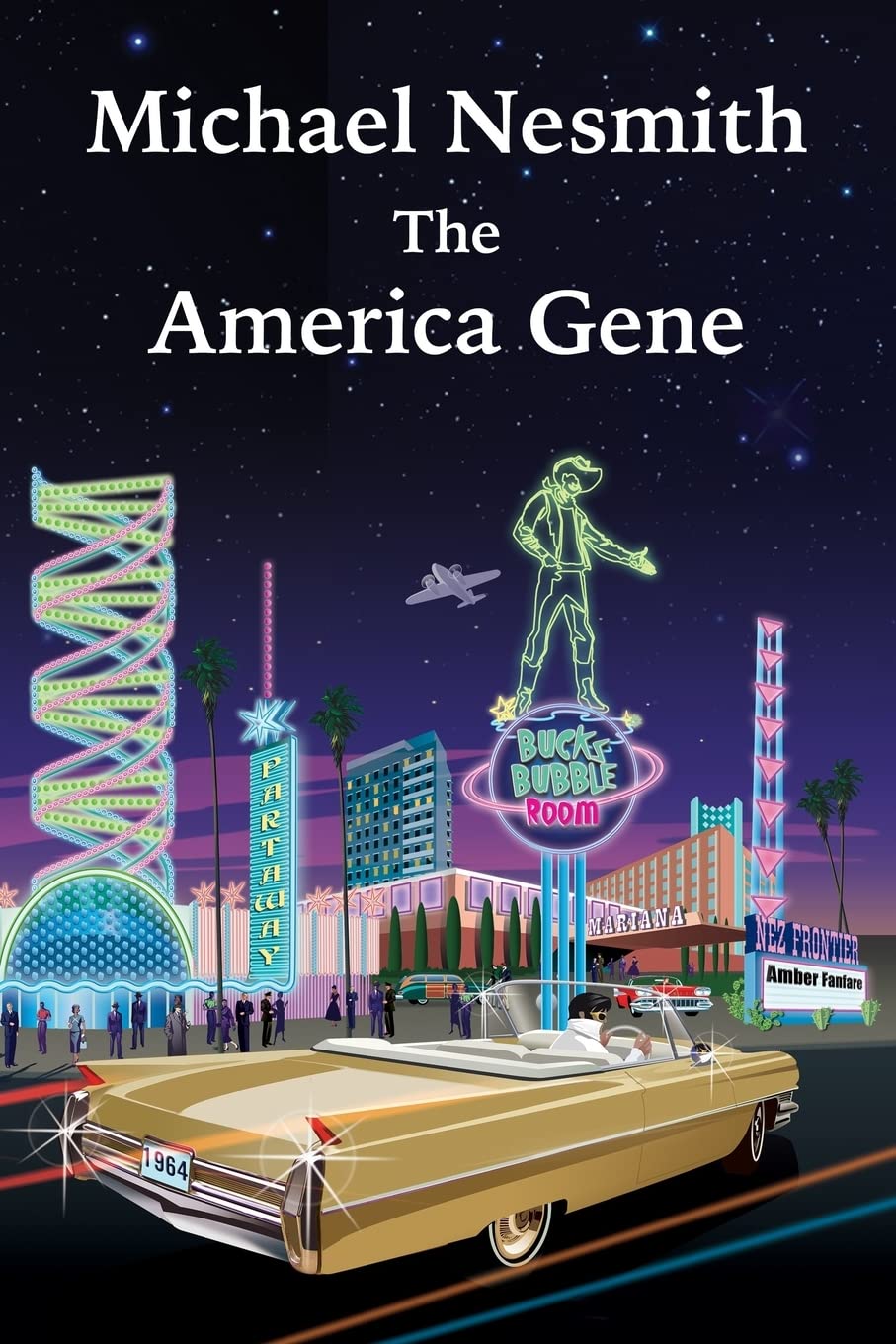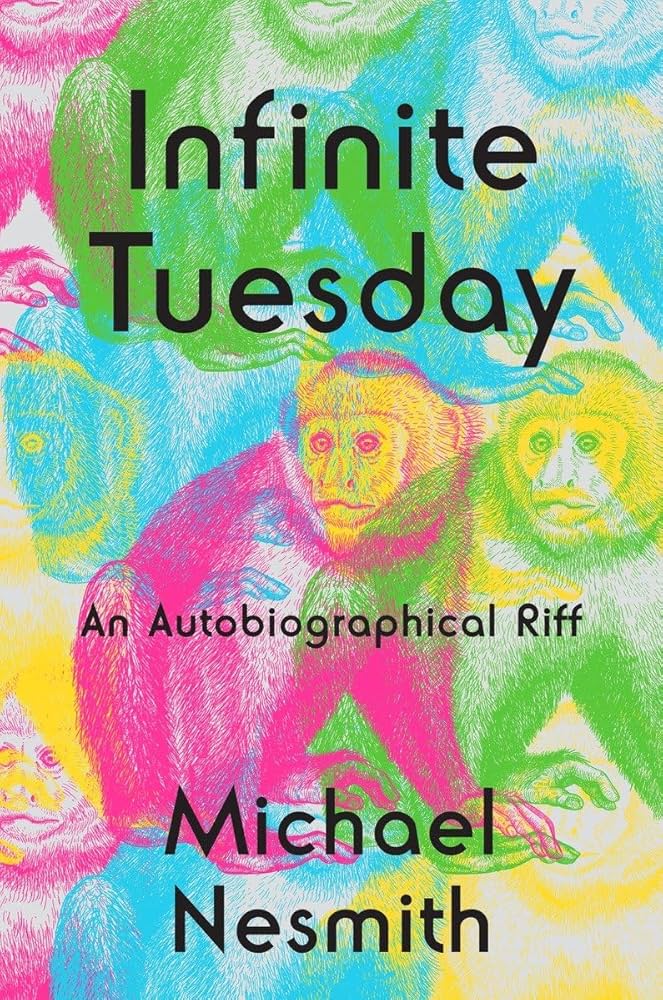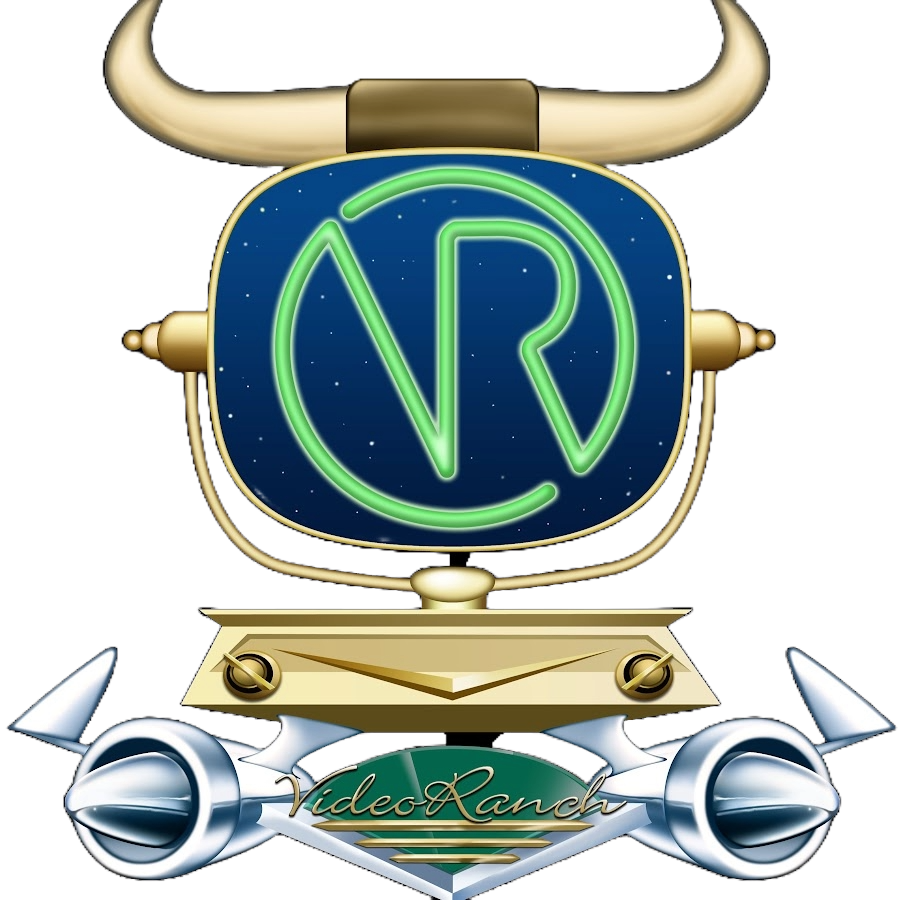Who is Neftoon Zamora? According to stories, he (or she) was part Zuni, part Martian, part Delta Blues player, and had come from the Great Spirit, Mars, or some place in Mississippi, thousands of years ago. Is Neftoon Zamora merely folklore, a tale told by fools to children? Or does Neftoon Zamora really exist, living in a small, hidden settlement in the mountains of New Mexico?
Welcome to THE LONG SANDY HAIR OF NEFTOON ZAMORA, a first novel of magical realism by Michael Nesmith.
A Conversation With Michael Nesmith
Q: What is your novel about?
A: In each person, there is a place where intelligence, truth and beauty reside. It is not a mystical or remote place.It is a place we find when we hear a song that may bring tears to our eyes, or perhaps, when we sit under a tree taking in the beauty of a day. This novel is about Nez's search for the source of that resonant spot in his own life and learning how to distinguish its reality from false moments. The search brings him in contact with Neftoon Zamora and the myths that surround her.
Q: The main character In your novel, Nez, is your fictional counterpart. Is your book semi-autobiographical?
A: "Write about what you know" is standard advice to writers. 1 didn't set out to do a semi-autobiography, rather to create a novel from real experiences. The spiritual elements of the story are something I lived. I wanted to have the part of me (and by literary extension, Nez) that was affected by what I found at the center of the novel.
Q: Your novel revolves around the myth of Neftoon Zamora and how Nez enters a process of spiritual awakening through their brief relationship. Why is myth so important? Can we live by myths today? Whom do you feel is successfully bringing myth into modern culture?
A: If by "myth" you mean a parable or an attempt to explain by storytelling the ineffable or spiritual aspects of life, then myth is all we have. Myths are stories which give examples of powerful influences and controlling forces in our lives that we cannot explain in usual logical or mathematical terms, the language of the physical sciences. The spiritual awakening you are asking about can only be expressed in myth, telling a story about it, making up a legend to give it form, as Henry Miller says. These are the myths we do live by whether we are aware of it or not. So much of what is told as objective truth today is really a mythic interpretation of some complex and difficult subject.
To me, filmmakers are the best at bringing myth to our modern culture because they are able to get such dense information across in an accessible way. Among those writer/directors I admire for their ability to do this are Francis Coppola, George Lucas, Jonathan Demme, and Stanley Kubrick, for those extant, and David Lean, Francois Truffaut, John Houston and John Ford, for those departed. As for literary writers, Milan Kundera, Lewis Carroll, Gabriel Garcia-Marquez, and Italo Calvino are my touchstones.
Q: What are some of the lessons that Nez learns during his time with Neftoon Zamora?
A: The first lesson, of course, is the existence of the secret place. Secondly, Nez learns the need to sanctify that place and keep it hidden from the world of greed, lust and evil; to not allow those aspects of character to exploit and, as a result, destroy the place in him that inspires, nourishes and fulfills his fondest hopes.
Q: When people hear your name, often their first association is with the 1960's television sit-com, "The Monkees." That was then, this is now. What's gone on in-between?
A: Being part of an Emmy-winning TV series was certainly an interesting and fun way to start my career. As time goes on, of course, it becomes a smaller and smaller percentage of my life. Just after the TV show went off the air I wrote, produced and performed in a series of musical albums. In the late 70's, I developed an interest in film and video and was the creator of the idea that eventually became MTV. My 1981 long-form video, "Elephant Parts," won a Grammy. I co-wrote, produced and scored the film, "Timerider," and was the producer of several films, including "Repo Man," "Tapeheads," and "Square Dance." I also did an NBC comedy show in the mid-8O's. All along, I kept my hand in music, writing and producing three more albums in the 8O's and early 90's. I continue to write screenplays and I'm currently working on my second novel.
Q: How does the current generation of young people differ from those who made the Monkees so popular? How are they the same?
A: In the sixties, kids were focused on television and rock and roll. There were also some political and lifestyle issues that were important if you were under age thirty. Today the emphasis from kids is much more on computers and the Internet, on reinventing institutions, and economics. Television has changed dramatically in its influence, becoming a small part of a huge information landscape. Music is also less important as a cultural imperative than it was thirty years ago. However, the energy and drive of today's youth seem the same as do the spiritual issues involved with growing up.
Q: What do you hope readers will derive from your novel?
A: Most important, an enjoyable story that they will have a good time reading. After that, it's up to them.
Critical Accliam
Reviews From Readers of "The Long Sandy Hair Of Neftoon Zamora"
Praise for "The Long Sandy Hair Of Neftoon Zamora," by other authors.










